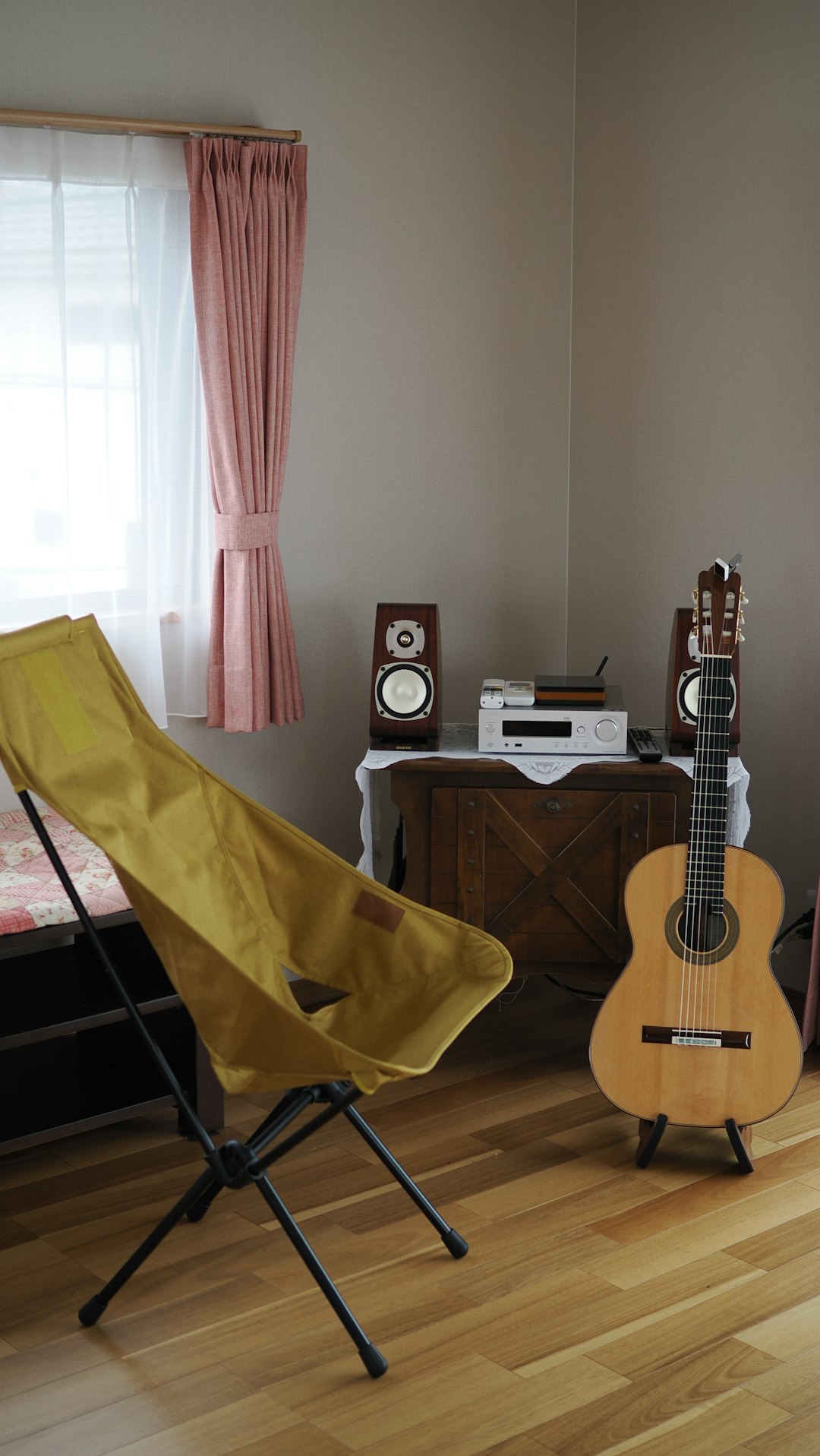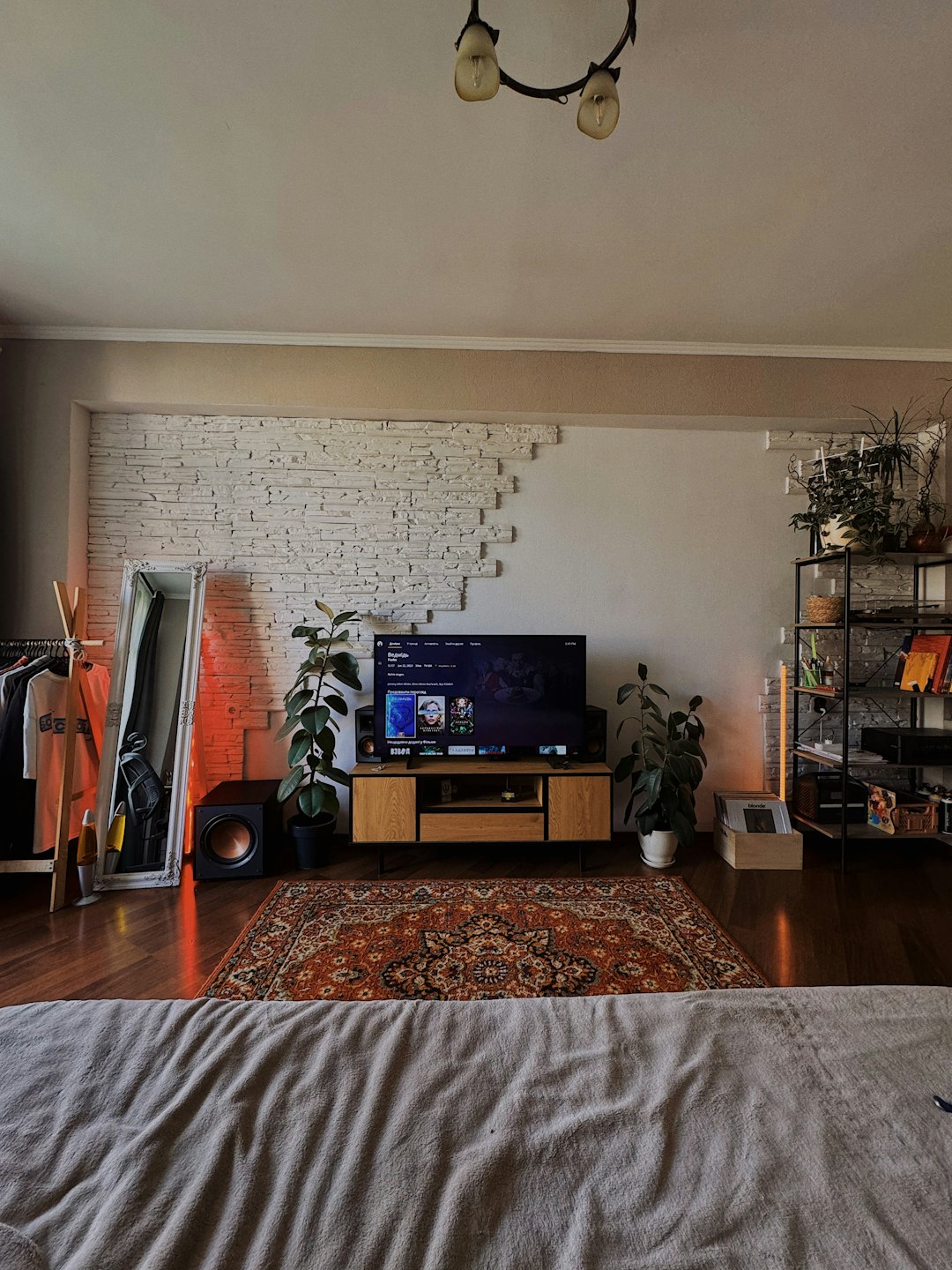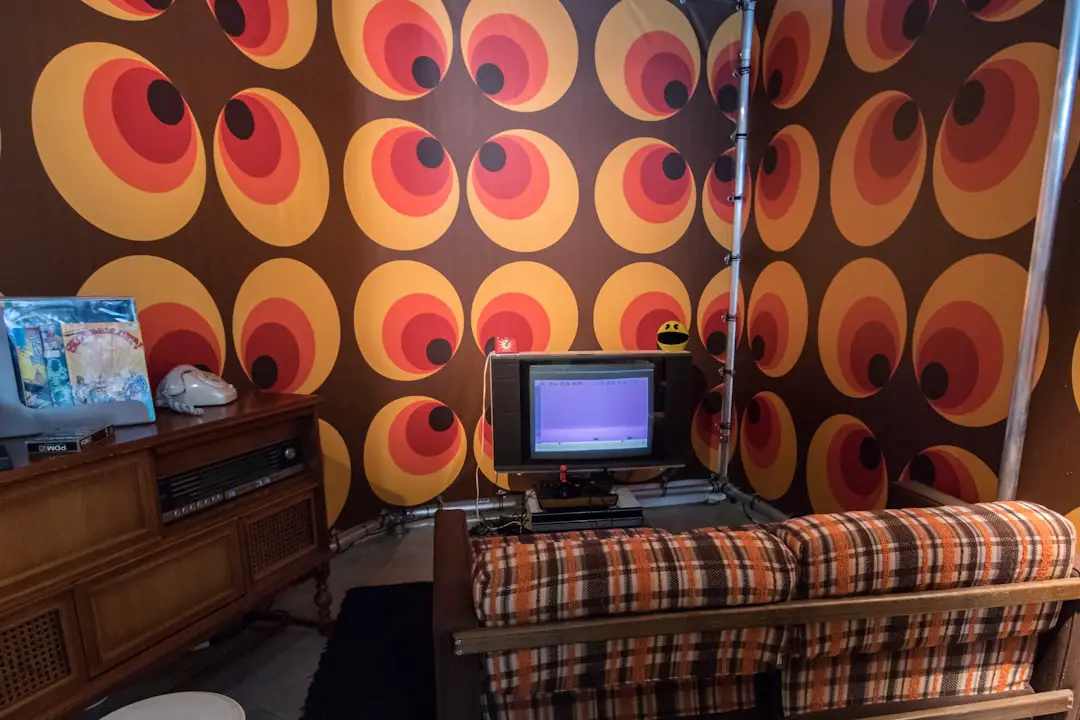When you set up a subwoofer, you’re not just moving around a heavy black box. You’re shaping sound. And that sound can change completely depending on where you put it. That’s because of something called room modes. They’re invisible, but they can make your bass boom like thunder—or disappear into thin air.
Let’s break it down in a fun and simple way. Because placing a subwoofer can be an adventure, like a treasure hunt. Only this time, the treasure is deep, powerful bass!
What Are Room Modes?
Room modes are like hidden waves of energy. As your subwoofer plays low notes, the sound waves bounce around your walls, floor, and ceiling. These reflections mix with the direct sound from the subwoofer. Sometimes, they add together. Sometimes, they cancel each other out.
The result? Some areas of the room will have too much bass—boomy and overwhelming. Other areas will have too little bass—you might not hear certain notes at all.

Why Placement Matters
Placing your subwoofer in the right spot means fewer problems with room modes. You’ll get smooth, deep, chest-thumping bass. Put it in the wrong spot, and you might get nothing but muddy rumble—or holes in your sound where bass should be!
The shape and size of the room also play a big role. Square rooms? Not great. Concrete walls? Very reflective. High ceilings? That changes things too. Even your couch and curtains affect how sound behaves.
Where Do These Modes Happen?
Room modes tend to build up in predictable spots:
- Along the walls
- In corners
- Halfway between opposite walls
This is because sound waves travel in straight lines. They reflect off walls and combine in peaks (loud spots) or dips (quiet spots).
Subwoofer in the Corner? Maybe Not!
It’s tempting to stuff your subwoofer in the corner and call it a day. After all, it’s out of the way, right? But beware: corners can create huge bass boosts—and lots of boominess. That might sound cool at first, but it can get messy fast.
Instead of hearing the note clearly, you’ll feel like the bass is just too much. Kind of like eating cake with too much frosting. Fun for one bite. Not so great for a whole song.
The Crawl Test: Find the Best Spot
Here’s a super easy trick: the Subwoofer Crawl Test. It’s exactly what it sounds like!
- Place your subwoofer where you usually sit.
- Play a bass-heavy song or a bass test tone on loop.
- Now, crawl around the edges of your room—yes, on your hands and knees!
- Listen closely. Find the spot with the best, smoothest bass.
- That’s where your subwoofer should go.
It sounds silly, but it works! You become the microphone, and your ears find the sweet spot.
Listening Positions and Bass
Not only does sub placement matter, but so does where you sit. If your couch is right in the center of the room, you might be in a bass dead zone. That means you’ll miss out on low notes, no matter how expensive your subwoofer is.
Try moving your seats a bit forward or backward. Even just a few feet can make a big difference in how the bass sounds.
Add a Second Sub for Better Sound
If you love awesome bass and want it everywhere in the room, a second subwoofer can help. Here’s why:
- Two subs fill in each other’s gaps
- Bass becomes smoother throughout the room
- Less chance of dead spots or boomy corners

With two subs, one can cover up the room modes of the other. It’s like having two chefs in a kitchen helping each other out. The result is delicious—and in this case, powerful bass!
Use Technology to Help
You can also use tools like:
- Room EQ (equalization) to balance out spikes and dips
- Sound measurement apps with a phone or microphone
- Bass test tones and frequency sweeps
These can show you exactly where your problem spots are. Then you can move the sub or add acoustic panels to fix them.
Try These Quick Tips
- Don’t place your sub too close to the wall. Give it a bit of space to breathe.
- Experiment with diagonal placement. Sometimes putting it at an angle helps balance the sound.
- Use a solid stand or pad under the subwoofer. Floors vibrate, and those vibrations mess with your sound.
- Face the sub forward. Pointing the driver toward the listening area can improve bass clarity.
- Don’t block it with furniture. Bass can go through walls, but a huge sofa right in front of the sub? Not good.
So, What’s the Best Spot Then?
The honest answer? There is no perfect spot for every room. But by using your ears, testing with music you love, and understanding how room modes work, you’ll find the best place for your space.
Here’s a simple starter process:
- Start with the sub near the front wall
- Use the crawl test to pick a better location
- Listen to music and watch movies—do you like the bass?
- Try slight movements—6 inches left or right can make a difference

When your sub is in the right spot, you’ll know. Your chest will feel the punch. Notes will be deep, crisp, and clean. Movie explosions will rumble, not rattle.
Final Thoughts
Subwoofer placement doesn’t have to be complicated. Think of it like tuning an instrument. You need to adjust until it sounds just right. Don’t be afraid to crawl, test, move, and repeat. Great bass is worth the effort!
And remember—your room is just another part of your sound system. When you learn to work with it, not against it, you’ll unlock the full power of your subwoofer.

